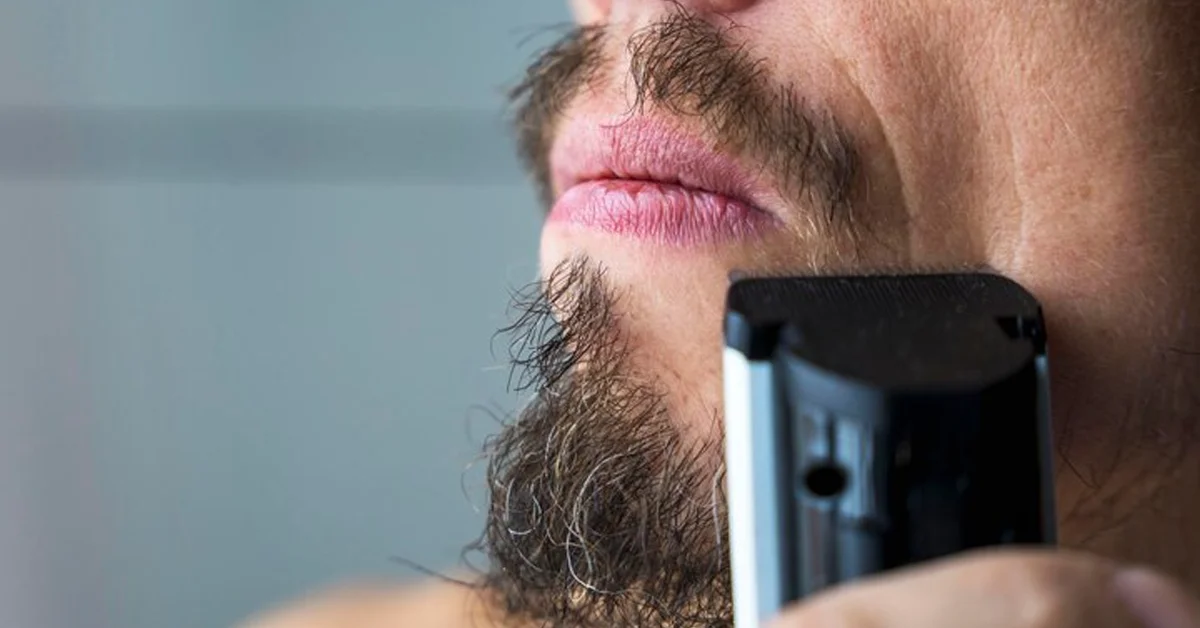Understanding Patchy Beards
A patchy or Beard Patchiness can frustrate men striving for a full, robust look. While some individuals naturally achieve their desired facial hair growth, others face irregular growth patterns that leave gaps. Understanding the underlying causes is essential for finding effective solutions. For those seeking targeted approaches, options like Finasteride for beards have gained attention for addressing specific concerns related to beard growth.
The Role of Genetics in Beard Growth
Genetics often dictate the thickness, distribution, and overall growth rate of facial hair. If patchiness runs in your family, your DNA likely plays a significant role. Beard follicles react to hormones like testosterone and dihydrotestosterone (DHT), and individual sensitivity to these hormones can vary based on hereditary factors. Consequently, your beard’s potential thickness is partially pre-determined by your genes.
Hormonal Influences on Facial Hair
Hormonal imbalances also significantly impact beard growth. Low levels of testosterone or DHT can lead to weaker, uneven facial hair. Addressing hormonal deficiencies often requires medical guidance. Simple lifestyle changes, such as improving your diet or increasing physical activity, may naturally optimize hormone levels and support healthier growth patterns.
Stress and Hormonal Disruption
Stress, while often overlooked, can exacerbate hormonal imbalances. Prolonged periods of high stress may lead to elevated cortisol levels, which can interfere with hair growth. Learning to manage stress through mindfulness techniques, exercise, or therapy could yield noticeable improvements in both your physical and mental well-being.
Nutritional Deficiencies and Beard Growth
Nutritional deficiencies can also hinder beard development. A lack of essential vitamins like biotin, vitamin D, and zinc weakens hair follicles, contributing to thinning and patchiness. Ensuring a balanced diet filled with nutrient-dense foods is a straightforward way to promote healthier hair. In some cases, supplementation may also help bridge nutritional gaps.
The Impact of Health Conditions
Underlying health conditions such as alopecia areata or thyroid disorders can prevent uniform beard growth. These medical issues often result in patchy, uneven patterns or complete bald spots on the face. Consulting a healthcare professional is the best course of action for diagnosing and addressing these concerns.
Alopecia Areata and Beard Balding
Alopecia areata, an autoimmune condition, occurs when the immune system attacks hair follicles, resulting in patchy hair loss. Treatment options may include corticosteroids or topical solutions aimed at stimulating regrowth.
Skincare Habits and Follicle Health
Unhealthy skin often undermines beard growth. Blocked pores, dandruff, or poor hygiene can create an environment where follicles struggle to thrive. Incorporating a regular grooming routine that includes cleansing and exfoliation ensures the skin beneath remains healthy. Products like beard oils or balms can also nourish both hair and skin, fostering a more uniform appearance.
Strategies to Improve Beard Growth
Addressing beard patchiness involves both short- and long-term strategies. Patience is key, as hair growth cycles take time to reveal significant changes. Some individuals turn to targeted solutions like minoxidil or other topical treatments to stimulate dormant follicles. Others explore medications such as Finasteride for beards, which may help boost growth by influencing hormonal factors.
Grooming Tips to Enhance Beard Appearance
While waiting for growth improvements, styling techniques can create the illusion of fullness. Trimming longer hairs around sparse areas or using specialized tools like beard fillers can make your beard appear denser. Regular grooming also encourages healthier growth by preventing split ends and tangling.
When to Consult a Professional
Persistent issues with thinning or patchiness may require expert intervention. Dermatologists or trichologists specialize in hair and skin health, providing personalized recommendations based on your unique circumstances. Whether through advanced treatments, medication, or therapy, professionals can offer tailored solutions.
Embrace the Journey
Cultivating a fuller, healthier beard takes time, effort, and understanding. While genetics and health factors may set initial boundaries, adopting the right habits and strategies can lead to significant improvements. By addressing underlying causes and exploring potential solutions, achieving your beard goals becomes an attainable reality.











